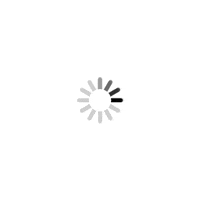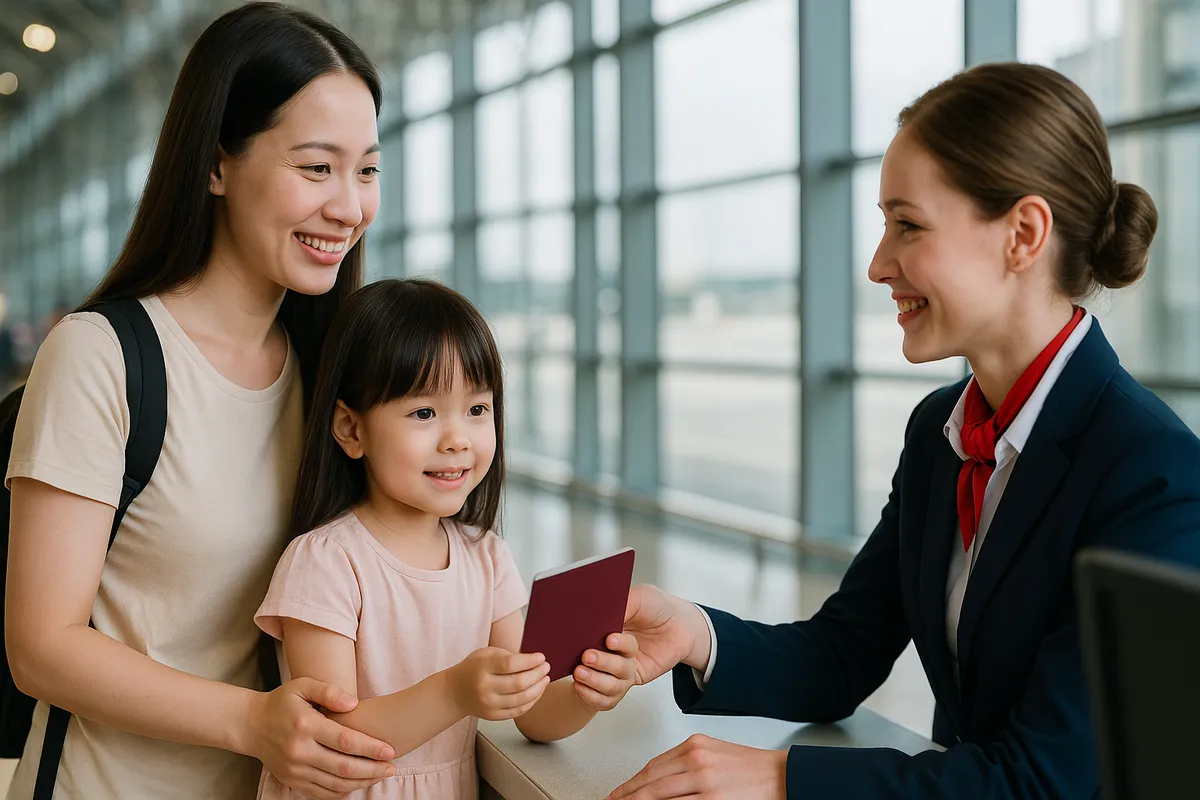Traveling with children and the secret to keeping everything under control
- Sunday, May 04, 2025, 13:39 (GMT+7)
Traveling with children and the secret to keeping everything under control
Traveling with young children requires more than just a suitcase. It calls for a mental map, a carefully crafted plan, and a handful of imagined scenarios. For adults, a trip might simply be a change of space for relaxation. But for children, especially those under six, it is a brand new world filled with excitement, unfamiliar sights, and unexpected challenges. Not every family is emotionally ready to face airport tantrums, sudden fevers, or public restroom diaper changes. The key to turning a trip into a beautiful memory rather than a long stretch of stress lies in solid preparation.
It begins with choosing the right destination. Avoid following popular travel trends if the terrain, climate, or transportation is not suitable for children. Places that are too hot, too crowded, or require long walks can exhaust young ones and disrupt the entire journey. Experienced parents often choose destinations with family-friendly amenities such as available strollers at tourist sites, airport lounges for kids, hotel playgrounds, or at the very least clean and accessible spaces for quick problem solving. Some parents even call the hotel beforehand to confirm the availability of warm water, light blankets, or extra beds for children rather than relying on apps and being surprised upon arrival.
The timing of the trip is another important factor. Traveling during festivals or holidays means crowds everywhere and transportation delays. The drive from the airport to the hotel might take twice as long. Young children have limited patience and often struggle with mood swings in chaotic environments. That is why early morning or late afternoon flights are usually better than peak hour departures. If possible, book the first night somewhere quiet to give the child time to adjust to a new environment before the itinerary becomes packed.
One common mistake is overpacking the wrong things and forgetting the real essentials. There is no need to bring too many stylish outfits. Choose breathable clothes that dry quickly and are easy to wash. Be prepared to let them get dirty and change as needed. Diapers, wet wipes, rash cream, and hand sanitizer must always be in your carry-on bag because you will use them in the most unexpected places, from bus stop benches to public parks. A small crossbody bag with organized compartments will help you find things faster than a giant backpack stuffed with everything.
For children under three, a foldable lightweight stroller is a lifesaver. It allows the child to nap on the go and can carry bags during long walks. Still, check the local terrain first since not all destinations are stroller friendly. For older kids, encourage them to carry a small backpack with a few favorite toys. This makes them feel part of the journey and more willing to cooperate when asked to wait or move.
Food can be a major concern. Do not expect every place to serve child-friendly meals. Pack familiar dry snacks like cereal, teething biscuits, instant porridge, or small cartons of milk. It is a good idea to test these at home beforehand to avoid allergic reactions or rejection during the trip. Also, do not let your child get too hungry before eating. Hunger often leads to frustration and makes even favorite foods hard to enjoy.
Sleep is essential and directly impacts the entire trip. Help your child get used to sleeping in different environments before traveling, such as napping in the living room or sleeping with a new nightlight. Bring a few familiar items like a favorite pillow, a stuffed animal, or a personal blanket. These can provide comfort and help the child sleep better in an unfamiliar room.
Never forget a mini first aid kit. Include fever medicine, cold relief, basic digestive aids, bandages, wipes, and a thermometer. Children are especially sensitive to sudden weather changes and irregular meals. A few sachets of oral rehydration salts or probiotics can make a big difference in preventing restless nights. Also carry a small notebook to record medicine doses and schedules to avoid missing something important when tired.
A very helpful but often overlooked tip is printing a small card with your child’s name, a contact number, the hotel name, and room number. Place it in their pocket or backpack. If your child gets lost, this information helps someone bring them back quickly. For kids who can speak, practice simple safety scenarios such as asking a uniformed adult for help or staying put rather than following strangers.
Most important of all is the mindset of the adults. If you become too stressed or try to control every detail, the trip may feel more like a test than a vacation. Keep expectations flexible. Accept changes and surprises as part of the experience. You may not complete the itinerary or you might return to the hotel early because of a fever. But if you meet every challenge with patience and love, it will still be a journey worth remembering.
Traveling with young children is never easy. But with careful planning and the right attitude, every trip can become a beautiful memory. And in the middle of folding little clothes, tracking medicine times, or encouraging your child to try unfamiliar food, there may come a moment that reminds you how to slow down, see the world through innocent eyes, and smile at the smallest wonders once again.

 CHECKIN.VN
CHECKIN.VN








Share on